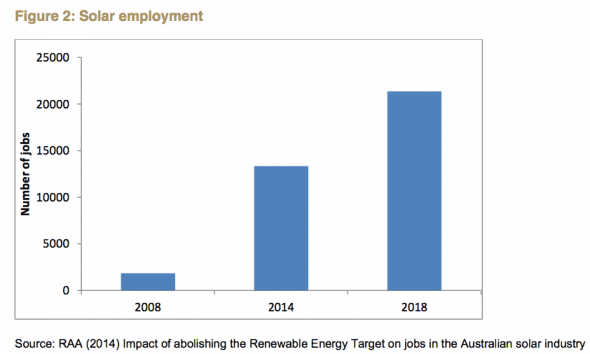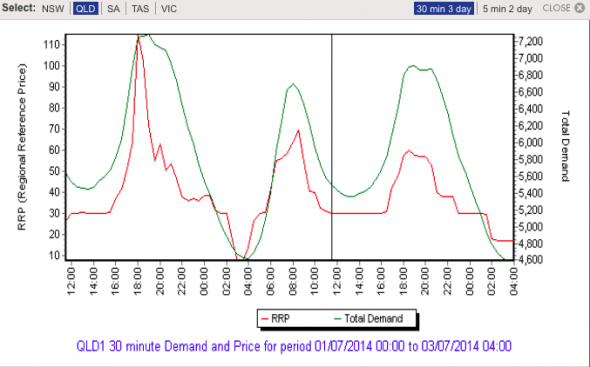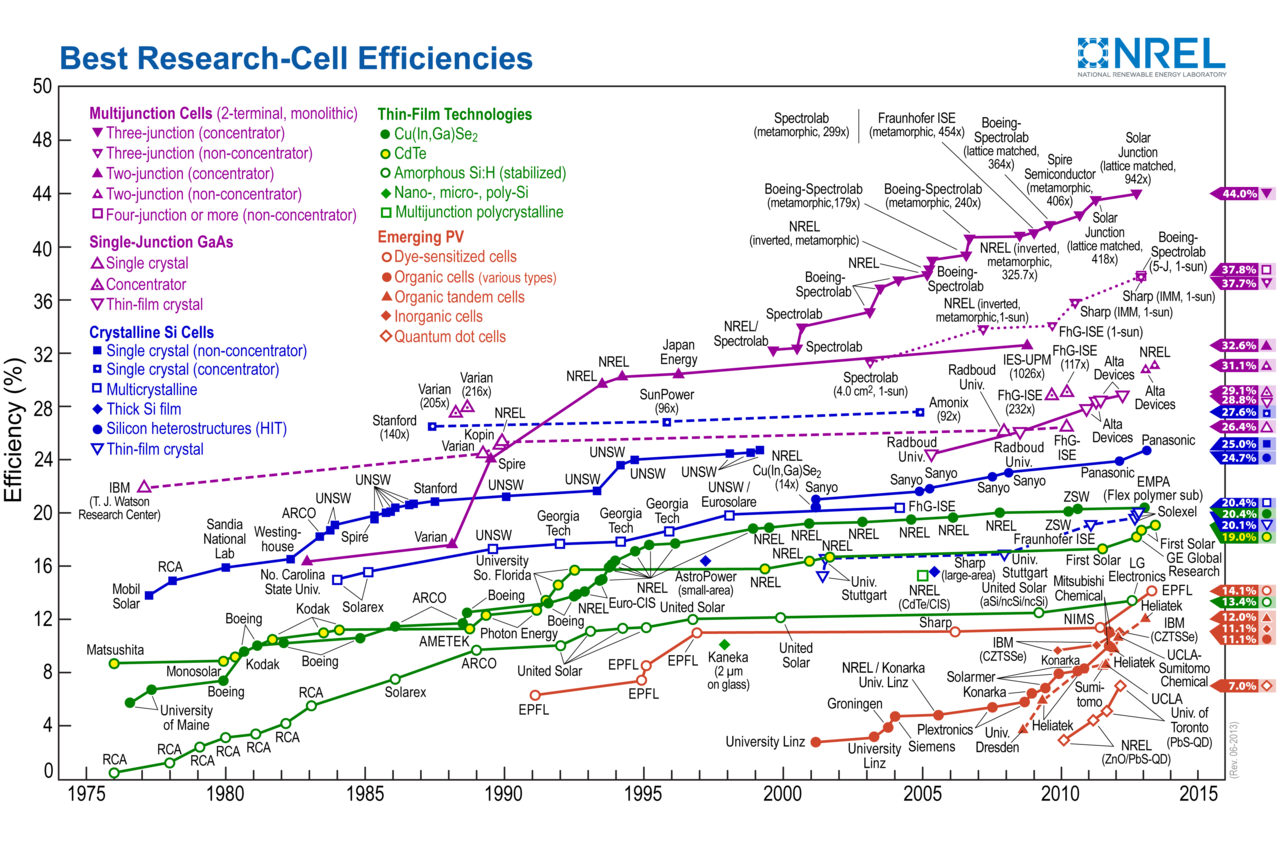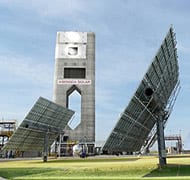Divestment gains momentum as China reduces coal imports further:
...Deutsche Bank reported on Monday that a survey of thermal coal used in China by six major coastal electric utilities shows that consumption declined by 23 per cent yoy during the August-September period.
...
In Australia this week, the $8 billion Local Government Super Fund announced it would divest $25 million of shares in companies that generate more that one-third of their income from “high carbon sensitive” activities, including coal and tar sands mining and coal-fired power generation.
...
But, as the BNEF report also noted, the $5 trillion global shift out of fossil fuels will be “far from easy,” requiring a massive scale-up of new investment vehicles.
...
Read the full story online
'via Blog this'





